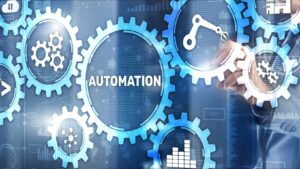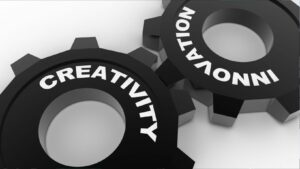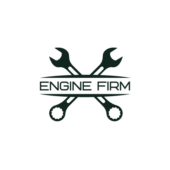Engineering Innovations
Engineering has a rich history filled with key milestones that have shaped the world and transformed industries. These innovations represent significant breakthroughs that have redefined the way we live and work. From ancient architectural marvels to modern technological advancements, engineering has played a crucial role in driving progress and pushing the boundaries of what is possible.
Key Milestones in Engineering
- In ancient times, the construction of the Great Pyramids of Giza showcased remarkable engineering precision and creativity.
- The Industrial Revolution marked a turning point with innovations like the steam engine, revolutionizing transportation and manufacturing processes.
- The invention of the internet in the late 20th century transformed communication and information access on a global scale.

- The Panama Canal revolutionized international trade by providing a crucial shortcut for ships traveling between the Atlantic and Pacific Oceans.
- The Hoover Dam, a marvel of modern engineering, not only provided hydroelectric power but also facilitated irrigation and flood control, transforming the American Southwest.
- The development of self-driving cars is set to redefine the automotive industry, promising safer and more efficient transportation systems in the future.
Current Trends in Engineering Innovations
Engineering innovations continue to shape the world with cutting-edge technologies and designs. Keeping pace with the ever-evolving demands of society, engineers are at the forefront of driving change through their groundbreaking creations.
In the realm of renewable energy technologies, engineers are spearheading the development of solar panels, wind turbines, and hydroelectric power systems. These innovative solutions are revolutionizing the way we generate electricity, paving the path towards a greener and more sustainable future.
The field of robotics and automation is witnessing remarkable advancements, with engineers harnessing the power of artificial intelligence and machine learning to create autonomous systems. From self-driving cars to robotic surgeries, these technologies are enhancing efficiency, safety, and precision in various industries.
Artificial Intelligence (AI) plays a crucial role in advancing engineering practices, enabling innovative solutions across various sectors. Engineers harness AI to enhance efficiency, accuracy, and predictive capabilities, revolutionizing the industry.
Incorporating AI in predictive maintenance strategies optimizes equipment performance by predicting potential failures before they occur. By analyzing data patterns, AI systems can forecast maintenance needs, minimize downtime, and maximize operational efficiency in engineering processes.
AI-driven design and modeling tools streamline the engineering design process by generating optimized solutions based on vast datasets and complex parameters. These tools facilitate rapid prototyping, precision engineering, and the creation of intricate models that push the boundaries of traditional design methodologies.
Challenges and Solutions in Modern Engineering
Engineering innovations have brought about remarkable progress; however, they also pose specific challenges in today’s dynamic landscape. Here are some key challenges faced by modern engineering along with innovative solutions:
Modern engineering practices often grapple with the environmental impact of projects and the overarching need for sustainability. Balancing technological advancement with environmental stewardship is a crucial challenge faced by engineers. To address this, sustainable engineering practices have gained momentum, emphasizing the use of eco-friendly materials, energy-efficient designs, and the integration of renewable energy sources. By prioritizing sustainability, engineers can mitigate environmental impacts and contribute to a greener future.
One of the pressing challenges in modern engineering is the skill gap within the workforce and the evolving educational requirements. With rapid advancements in technology, engineers need to continually update their skill sets to stay relevant in the field. Bridging this gap requires collaborative efforts between educational institutions, industry stakeholders, and professional organizations. Implementing specialized training programs, fostering mentorship opportunities, and promoting lifelong learning can help address the skill gap and ensure a competent workforce ready to tackle emerging engineering challenges.Engineering innovations have a rich history of propelling progress and sustainability through groundbreaking developments like the steam engine and renewable energy technologies. The integration of Artificial Intelligence (AI) has revolutionized efficiency and predictive capabilities in engineering practices. Despite current challenges such as environmental concerns and workforce skill gaps, the future of engineering looks promisin

